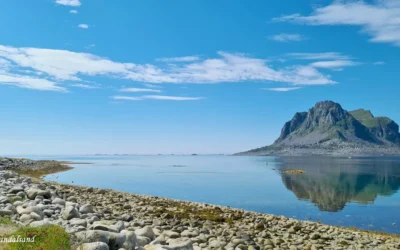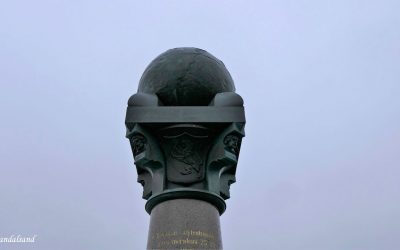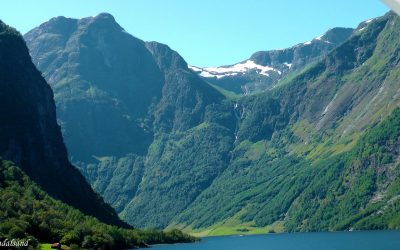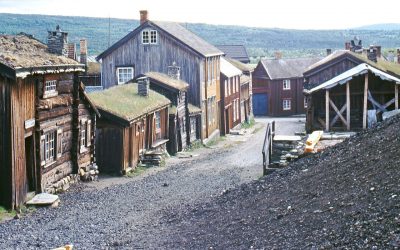Norwegian sites on the List
The UNESCO World Heritage List includes over a thousand cultural and natural properties. Read about them on the main page.
Norway has eight properties on the list and you find them in the bullet list below. Hyperlinks lead to UNESCO’s article. Sandalsand has been to all, and if you roll down this page you will find the articles.
This page is part of a collection from Norway. It includes photos and videos from road trips, hikes and visits to places all over the country.
Cultural sites
- Bryggen (1979)
- Urnes Stave Church (1979)
- Røros Mining Town and the Circumference (1980)
- Rjukan-Notodden Industrial Heritage Site (2015)
- Rock Art of Alta (1985)
- Struve Geodetic Arc (2005)
- Vegaøyan – The Vega Archipelago (2004)
Natural sites
Norwegian sites on the tentative list
UNESCO operates a second list as well, called the Tentative List. It consists of properties submitted by a country to the UNESCO committee for evaluation. The evaluation process may take years, as indicated by the six Norwegian proposals below. (Links lead to UNESCO.)
- The Laponian Area – Tysfjord, the fjord of Hellemobotn and Rago (extension) (2002)
- The Lofoten islands (2002)
- Svalbard Archipelago (2007)
- Islands of Jan Mayen and Bouvet as parts of a serial transnational nomination of the Mid-Atlantic Ridge system (2007)
- Viking monuments and sites / Vestfold Ship Burials and Hyllestad Quernstone Quarries (2011)
All heritage sites in Norway
World Heritage #1143 – Vegaøyan
Vegaøyan - The Vega Archipelago consists of 6,500 islands, islets and reefs on the Helgeland coast of Norway. The archipelago and human...
World Heritage #0352 – Rock Art of Alta
Go visit the Rock Art of Alta. More than 6,000 rock carvings and paintings have been discovered in the north of Norway. They date back 2,000-7,000...
World Heritage #1187 – Struve Geodetic Arc
Never heard of the Struve Geodetic Arc? Well, consider how big the Earth is and what shape it has. These were questions the Russian astronomer...
World Heritage #1486 – Rjukan-Notodden
Yes, Rjukan-Notodden is an Industrial Heritage Site but it is also the site of one of the most spectacular commando operations during World War II....
World Heritage #0058 – Urnes Stave Church
The Urnes stave church is one of several stave churches of Norway. We find them in the most remote locations of the country, and they are splendid...
World Heritage #0059 – Bryggen
Bryggen is in the middle of Norway's second largest city, Bergen. The wooden buildings and alleys will take you back a few hundred years. The UNESCO...
World Heritage #1195 – West Norwegian Fjords
The West Norwegian Fjords are on the World Heritage List. Norway is famous for its fjords, and there are many of them along the western coast. Two...
World Heritage #0055 – Røros Mining Town
The Røros Mining Town and the Circumference is located high in the mountain plateaus of central Norway. This town boasts a very authentic atmosphere...
HELMER: But this is disgraceful. Is this the way you neglect your most sacred duties?
NORA: What do you consider is my most sacred duty?
HELMER: Do I have to tell you that? Isn’t it your duty to your husband and children?
NORA: I have another duty, just as sacred.
HELMER: You can’t have. What duty do you mean?
NORA: My duty to myself.
(Henrik Ibsen, Norwegian writer. Quote from “A Doll’s House”)
The writers who reject tendentiousness and purpose in their work are the very ones who display it in every word they write. I could draw countless examples from the history of literature to show that the more a writer clamours for spiritual freedom, the more tendentious his work is liable to be. (Bjornstjerne Bjornson, Norwegian writer)









